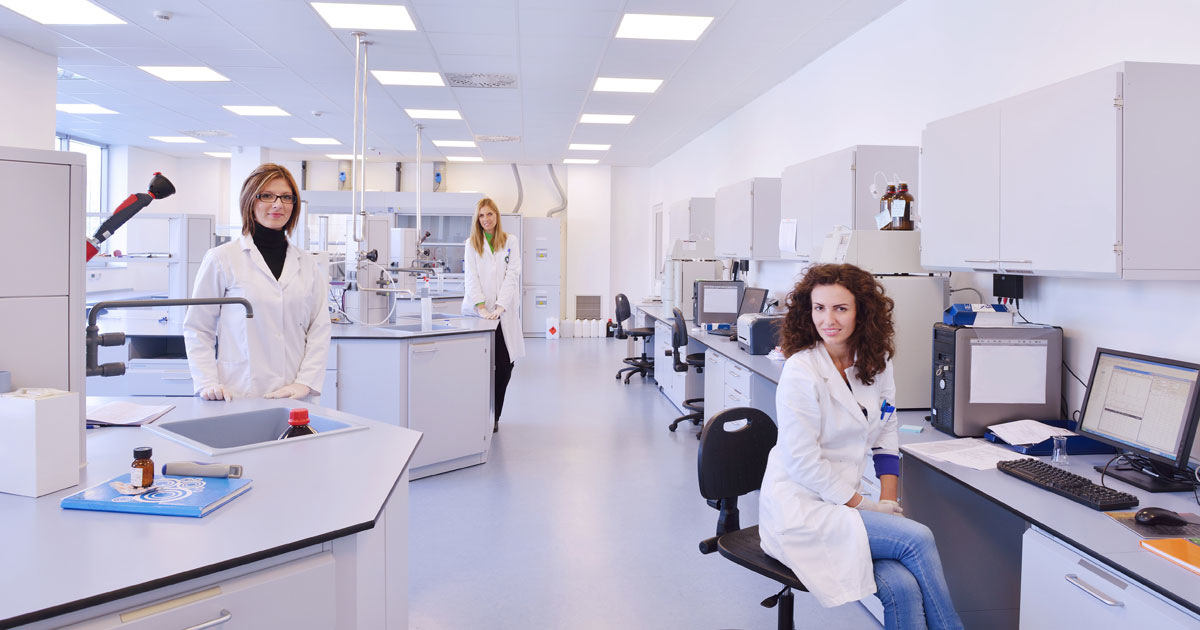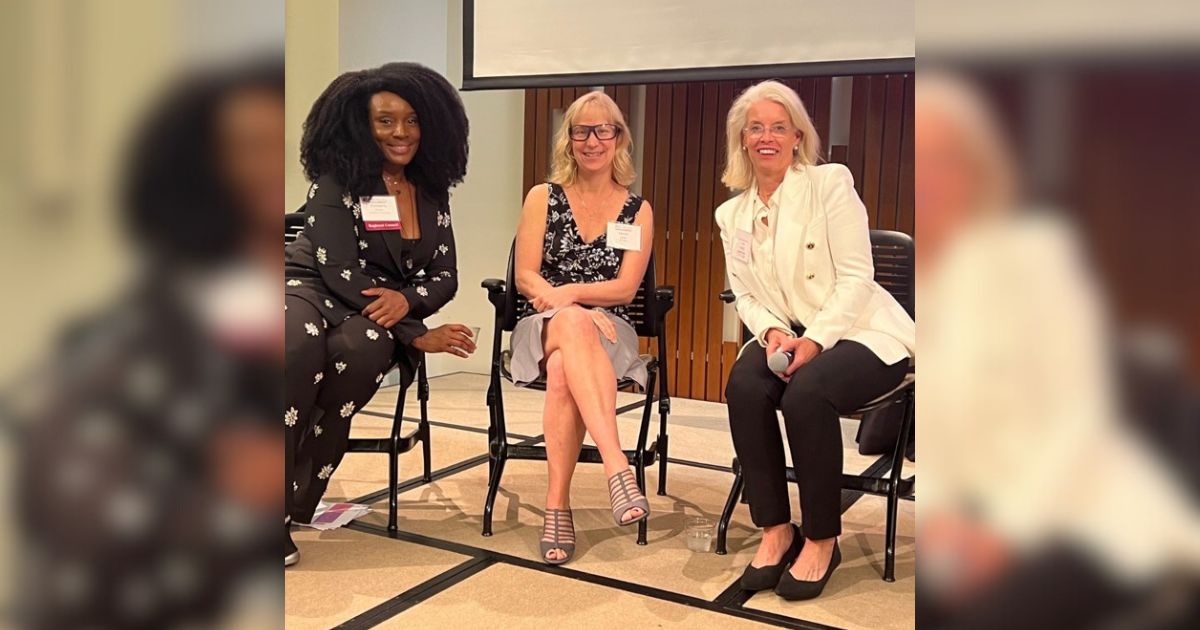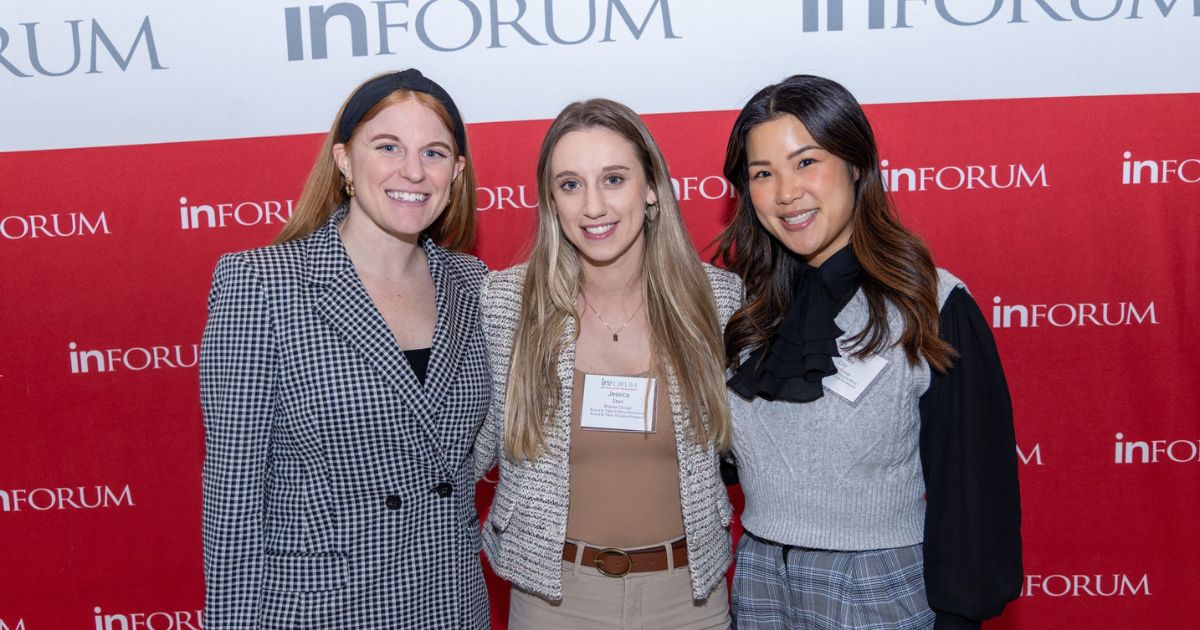Science credits James Watson and Francis Crick with determining the structure of DNA, but their discovery relied on the work of a third party—Rosalind Franklin. Despite her father's rejections, Franklin received a doctorate in physical chemistry at Cambridge University and then returned to England in 1951 to work in the laboratory of John Randall at King's College, London.
There, she made X-ray images of DNA and nearly figured out the molecule's structure when another researcher in the lab, Maurice Wilkins, showed one of Franklin's X-ray images to Watson, who determined the double helix structure of DNA and published the finding in a journal with Crick.
"Women still face discrimination, but it's more subtle than in the past," said Dr. Karen Gipson, president, West Michigan Chapter of the Association for Women in Science (AWIS-WM).
Today, women constitute half of the total college-educated workforce in the United States—but make up only 29 percent of the science and engineering workforce. In an effort to revolutionize the disparity, faculty at Grand Valley State University, Van Andel Institute and Hope College collaborated to form AWIS-WM, the West Michigan branch of the largest multidisciplinary organization for women in science, technology, engineering and mathematics (STEM) dedicated to achieving equity and full participation of women in all disciplines and across all employment sectors.
"STEM fields, like all human endeavors, benefit from including diverse perspectives," said Gipson. "There are numerous examples of scientific breakthroughs being made by having fresh eyes on a situation."
AWIS-WM is focused on networking, education and service, with four primary objectives:
1. Provide opportunities for networking and collaboration with other professional women in STEM fields.
2. Provide tools and resources to support the professional development and retention of women in STEM fields.
3. Advocate for fairness and increase awareness of gender issues in the workplace.
4. Establish a K-12 outreach program to recruit and encourage young people to enter STEM fields based on their interest.
"There are enormous benefits from each of these efforts," Gipson said. "Networking opportunities are more important for minority populations—such as women in STEM fields—because they don't have the cultural privileges of the majority group."
Additionally, AWIS-WM's educational efforts and service provide opportunities for panel discussion, mentorship and outreach to students.
AWIS membership is open to anyone (female, male, nonbinary) who supports the full inclusion of women in STEM disciplines.
"I believe that the future of science depends on building a strong base of inclusion," said Gipson, "as otherwise, we're missing over half the population."
Visit www.awis.org/group/WESTMICHIGAN to learn more about AWIS-WM or become a member online.




